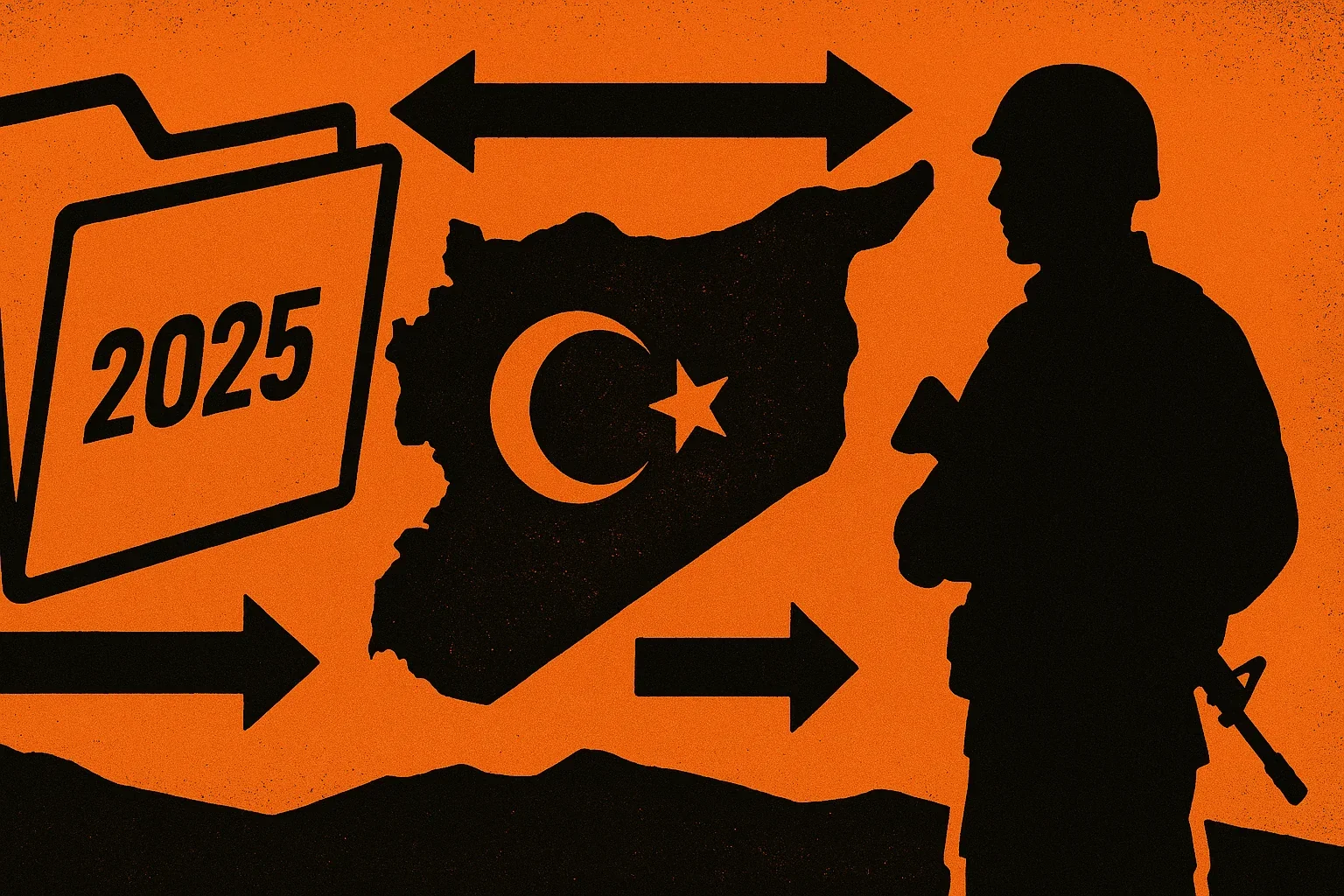For more than a decade, Turkey's presence in Syria has represented one of the most complex regional influence files in the Middle East. But 2025 marked a radical shift in this role; Ankara no longer acts as a military field force seeking direct control, but rather as a political and security architect redrawing the balance of power through careful arrangements and logistical networks of influence.
Turkish foreign, defense and intelligence ministers visited the Syrian capital for the first time since the outbreak of the war, signaling a pragmatic shift in relations between Ankara and the new Syrian government.
This was accompanied by an agreement to integrate the Syrian Democratic Forces (SDF) into Syrian state institutions, a move that effectively ended the equation of division between northern and eastern Syria and allowed Turkey to participate in security arrangements that ensured it would limit the emergence of an independent Kurdish entity.
In the field, Turkey has maintained its presence through 126 military positions in northern Syria, but has reduced its reliance on hard power in favor of tools of "logistical influence." It now controls three major crossings (Bab al-Hawa, Jarablus, and Bab al-Salama) and manages electricity, water, and telecommunications networks in northern Aleppo and Idlib through Turkish companies.
More than 25 local councils and municipalities in northern Syria operate under the direct supervision of the border states (Gaziantep, Kilis, Hatay). The Turkish lira has become the official currency in the markets since 2020, strengthening the structural economic link between northern Syria and southern Turkey.
Turkey launched a "voluntary return" plan to build 250,000 housing units to accommodate nearly one million refugees, with Qatari funding and conditional European support.
The aim is twofold: relieving refugee pressure inside Turkey and creating a "loyal population strip" in northern Syria that serves as a human and security barrier. In doing so, Turkey has become the regional guarantor of reconstruction and stability, tying its continued European and Gulf support to its security interests.
Until mid-2025, direct Turkish investments in northern Syria are estimated at more than $500 million annually in the energy and infrastructure sectors, while Ankara is negotiating with Saudi Arabia and the UAE on multi-billion dollar reconstruction projects in exchange for Turkish supervision of implementation.
Diplomatically, Turkey is now moving between the major powers with measured flexibility:
With Washington: a cautious partnership to encircle Iranian influence without compromising the SDF.
With Moscow: Tacit understandings that allow it to stay as long as it does not threaten regime areas.
With Tehran: careful border coordination and soft competition in the Kurdish file.
In the end, Ankara does not appear to have withdrawn from Syria, but rather re-engineered its presence: from a commander in battles to an architect of political and economic arrangements. It is a quieter and deeper phase of influence, practiced from behind the scenes rather than from atop tanks.
To view the video and read the full analytical paper, please scroll down.
Turkish Influence in Syria 2025: Withdrawing or Repositioning?
Turkey did not leave Syria ... it just changed its seat from the battlefield to the political operating room.

Comments